The director of Scream School told App2Top.ru about the history of the school, how its processes are built, as well as who and what it teaches.

September 1st is coming soon. And on the 3rd you have an open day. Let’s talk about Scream School since this is the case (school season, autumn). It has been on the market for a long time, but I think not everyone knows the history of its origin. When and how did it all start? Do I understand correctly that you didn’t start playing games right away? When did you realize it was time?
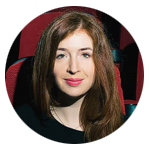
Ekaterina Cherkess-Zadeh
We are often asked where such a name comes from. Once there was a studio doing post-production for movies, it was called Eye-Scream. They lacked specialists, and it was decided to open a school in order to hunt interesting guys so that they would benefit the studio after two or three months of training. That’s when EyeSreamSchool appeared. But the name was too long, and everyone just said “skrim skul”. Later, forming into a full-fledged educational system, the school moved from the studio directly to the British School of Design, which provided technology for long-term programs and education. That’s when Scream School was recorded.
We started with short-term seven-day courses on computer graphics and software packages, there are still such on the market. But practice shows that, coming to any company after these courses, a student knows the interface and buttons, but cannot solve a specific task. Seven years ago, we became a full-fledged school when we declared that we were not teaching buttons, but teaching professions. We started with two programs: Compositing and Visual Effects. A year later, Motion design, Game graphics, Animation appeared.
We came to games through Computer Graphics, where we taught 3D artists in the gaming industry. A year later, Concept Art courses were opened. And, in parallel, communicating with companies from the industry, we received a request: “don’t you teach game designers?”. So Scream School became the first school to teach game development. It was already four issues and five years ago. This year we took the next step forward by opening two areas that close this story: Programming and Game Production. We have received five programs in which a student can not only gain skills, but also make a completed project, form a team.
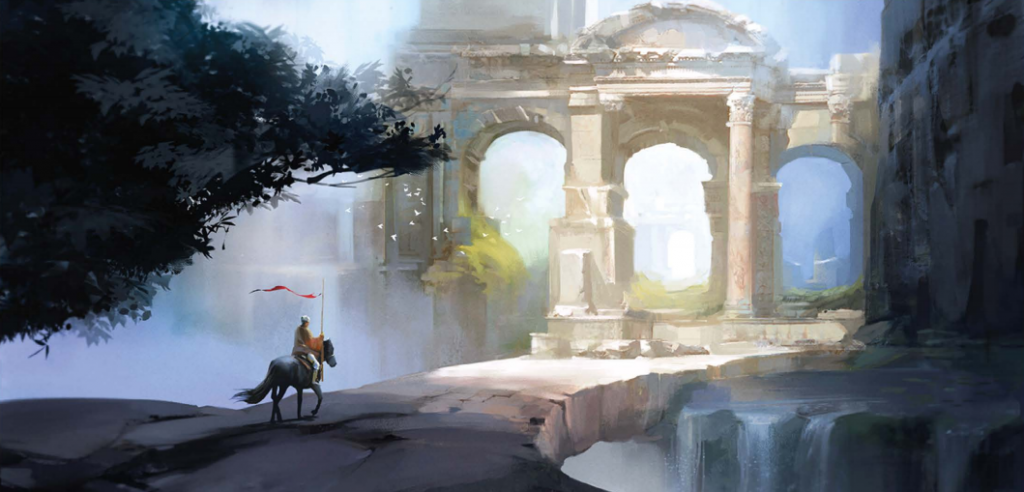
The work of Marina Nechaeva, a student of the Faculty of Concept Art
Does the game direction (or did it) have any special specifics when organizing courses?
Modern education should postulate very specific things. Where your graduates work, how much they earn – this is the result of your work. Scream School and, in particular, gaming programs are very tied to how the industry works. Therefore, our task is to form a program that will fully meet its requirements. We have to change the program every year: new software or technology comes out, some new project blows up the market – we monitor all this and react promptly. As the director of Scream School, I model the future: a student who enters the market after two years of study should easily integrate into the industry. This year, the market has completely captured VR, because back in July we opened a VR lab. The Game Design program, for example, has clearly adapted to all new platforms over the past five years. Right on the students’ work, you can track how the industry has changed.
The second is teachers. Everyone who teaches at our school should be real practitioners, not those who teach instead of working. They are all successful people, with large cases. We have a rule: if you don’t work in the industry, you don’t teach at Scream School. It cuts off a lot of people at once. The resource base is also very important, which must fully meet the requirements. Students should have everything exactly the same as in real companies.
The third is the connection with the industry, only on a larger level. We work with various companies and studios that conduct excursions for students, give combat briefings for practice. In general, there are many different options for interaction. In addition, we have an Industry Relations Department, which, among other things, is responsible for integration into the profession: attending professional conferences, participating in hackathons, and so on. Thanks to this, during the training, the student already knows which companies are the best, where to go and where not to go to work.
And finally, Wednesday. Everything comes from the head, from the curator of the program. Each of them is a unique person who comes to school after work or crunch to study with students. The motivation is simple: they have accumulated experience that they want to share with the best, they educate the industry.
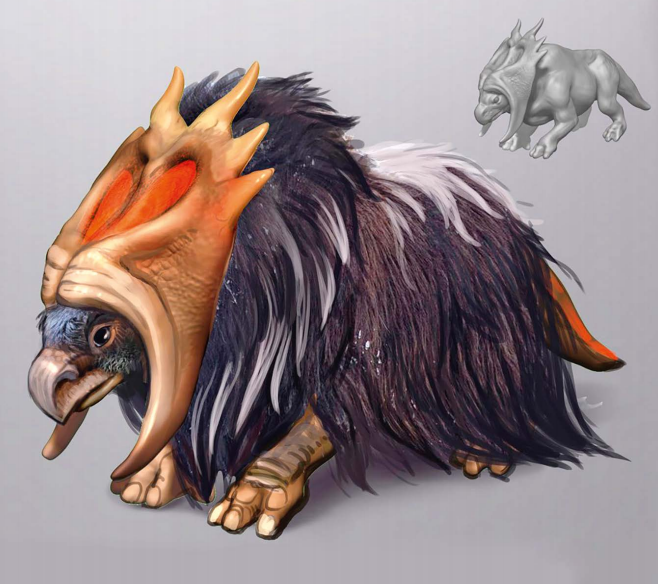
The work of Alexander Trufanov, a student of the Faculty of Concept Art
As far as I know, your courses are divided by duration. Please tell me about it.
In addition to two-year courses, there are also short-term courses, which are held two or three times a year and are dedicated to the introduction to the profession. These are weekly or ten-day courses, during which a person learns to do something on their own, puts it on the shelves and tries to make their own project. If he likes it, he goes on a long–term course.
When they talk about such directions as “game programming” or “game art” – there are no questions (although some may argue whether it makes sense to go into this path, they say, if you are a good programmer, you will calmly program games), but here is the direction of game design or production… There is constant speculation about these topics. Not just about the need for such an education, but in general about whether there are such professions, what these people do in general. What do you think about all this?
It so happened that all professions for Russia, with the exception of animation, were formulated by Scream School: what kind of specialist is this, what he can do, what he does and what he should know. It is impossible to form an educational program without a clear concept of orientation. Even now, people who are far from game development often confuse game design, concept art and game graphics. Of course, we must understand that the gaming industry has been formed recently and is just beginning to realize itself. This has its advantages. She has no background and traditions on which she would rely. Therefore, games are hunted by all technologies and methods that work: storytelling is excellent, corporate structures and KPIs are excellent, new platforms and technologies, software, and of course – the latest approaches in marketing, because games are one of the main locomotives in digital marketing.
And, of course, this is the only entertainment industry that is absolutely, from the very beginning, about business. Of course, many games can now be called a work of art, but games have come to this. This is still, rather, a nice bonus, not the only KPI. That is, this is an activity that is absolutely calculated. Everything is formulated based on business categories, and the business category is also considered a success. That’s cool. As for the industry itself, it is formed in the world, but it is still poorly formed in Russia. And I have great respect for those gaming companies that still postulate the industry in Russia, although it is still very raw. There are pros and cons, but it seems to me that the field of game development in Russia needs to go beyond its own world.
Since I am the director of two schools at once, Scream School and the Moscow Film School, I can observe and compare how each of the industries is developing. In Russia, for example, they don’t communicate with each other, and this is a giant omission: for example, producing games is very different from producing TV series. Everything is different. But the future belongs to those producers who can somehow combine it, become entertainment producers, then they will rule the universes.
Now, from the point of view of marketing, you have to reach an audience of 20-30 years, they are constantly using new communication channels. And the task is to reach the consumer in all these channels. And it seems to me that a modern young man who wants to develop only in games or only in movies limits himself very much. If he stops thinking like that, projects like Pokémon GO will turn out. It’s not just about the game, no. I think it has become popular because of two things: firstly, people do not need to explain who Pokemon are, everyone knows about them. Secondly, it is tied to the phone, geolocation and AR, and not to a specific platform.
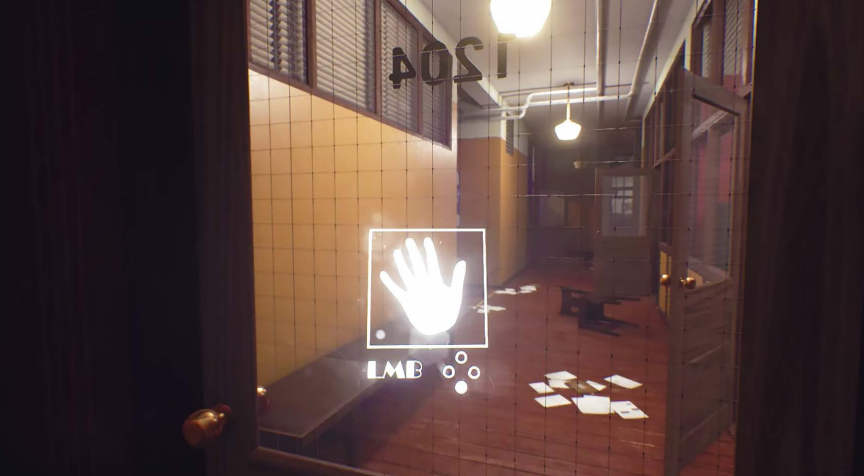
Thesis of Yaroslav Karpenko, Olga Efremova, Alexey Pyuro, Nika Serebritskaya, graduates of the Faculty of Game Graphics
Another question that concerns the organization. Tell me how your academic work is structured, do you have exams, and do they give grades? How does your training work in general?
I’ll start with admission. In order to enroll, a student needs to pass an interview and show his portfolio. The portfolio should consist of different works and demonstrate all the skills that, in the applicant’s opinion, give him an advantage for admission. If he takes pictures – fine, if he draws – fine, if he knows how to model – he will show what. A lot of people, entering game design, pre-assemble some kind of prototype. It is clear that it is usually crooked, but the level is clear. And it is very important not to be afraid to show it, because the interview stage is very significant: the curator looks at the overall level in order to achieve the best results of the whole group. Because, having built it from diverse people, it will not be possible to achieve much.
Students study 3-4 times a week, in the evening and on weekends. This was the case initially, since we counted on people who already work and pay for their own training themselves. That’s why we have an installment plan. We lend to our students ourselves, because there are no normal educational loans in Russia. This is especially comfortable for learning in times of crisis.
Students study in groups, on average, of 20-25 people. At the end of the training, 15-20 remain in groups, we deduct for failure. Historically, in our country, if you are in a paid department, you will never be expelled, because it is simply not profitable. But the reputation component is very important for us. We guarantee that if a student goes to all classes and does all homework and studies in general, he will be employed in the industry. Then it’s like in a fitness club: I bought a card, then nothing happens, because I have to go and study. There may be the best treadmills, a cool pool, a cool coach. But if you don’t go there and study, no matter how much money you pay, there will be no effect. The situation with education is very similar. When we talk about the student’s results, this is our joint work. We can give the best teachers and the best cases, but if a student does not study, he will not succeed.
Scream School has an Academic Quality Department. In Russia, no one else has such a thing. Every semester, he conducts anonymous surveys of students: how they evaluate teachers, how many grades they give, what they have achieved and what impressions they have. We also survey teachers and hold systematic meetings with students. In general, we constantly receive feedback. This makes it possible to adjust programs for groups throughout the year.
School grades are given not only by teachers, but also by independent experts from the industry. The formats of tests and exams are also different from the usual ones. This includes the protection of joint projects, pitching, and Skype protection in front of experts from foreign companies – this also happens.
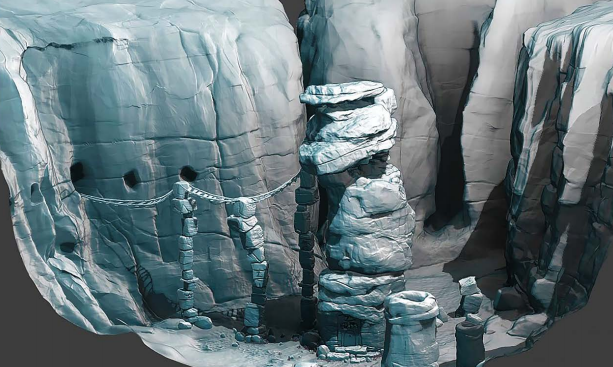
The work of Alexandra Pir, a graduate of the Faculty of Game Graphics
Who are your courses usually designed for?
Over the past five years, the motivation of people who go to games has changed, and it changes with age. A great example: four years ago, an official from the Moscow City government department came to us and expressed a desire to become a game designer. He said that he liked it all and wanted to associate activities with it. As a result, he completed a full course and is now working as a game designer, everything is fine with him. He was about forty years old, an adult man, and we helped him change his life trajectory. Another story is when a young man comes with the motivation “I came up with a game and I want to play it, give me the tools to make it.” Usually, of course, this is enchanting nonsense from the point of view of a business project, but there are many such people. We record everything on video and show them their initial idea when they are defending their graduation projects. It is possible to assess what path a person has traveled during his studies at school.
We give a diploma of additional professional education and retraining. Therefore, we are waiting for students who either study at a university or have already graduated from it. Accordingly, our audience is 22+. In general, this is true: a slightly younger audience goes to game design, older people go to production, those who have already managed to cook in the entertainment industry, who already have experience in entrepreneurship, and so on.
Programming is very often attended by people who have some basic knowledge, who already had a programming course at a technical university, but was not the main one. After some time, having worked somewhere, they realized that they were interested in games and programming. As part of this course, we focus on such people.
I must say separately about artists, because the Concept Art course is the most popular in Scream School. Every year more than seventy people enter the course, with a competition of three or four people per place. This is so because we have developed concept art not only for games, but also for animation and cinema. Even for the last three years, the concept art course for games, in total, is a course in which more than a hundred people study. All these people who have passed the school of Konstantin Vavilov, Art Director Mail.ru Group. A hellish course in complexity, which I would hardly have passed myself. For two years, you have to draw 5 sketches a day, not counting the coursework and projects that they do. But the growth of students thanks to this is phenomenal.

The work of Alexey Lyamin, a student of the faculty of Motion Design
I’m sure the main question for everyone is whether there are success stories. In the sense of which students can you boast of (among the graduates of the gaming field) – where are they and what are they doing now?
All our students are talented, and thanks to their talents and the school itself, they are employed immediately after graduation. Someone goes to work in large companies, someone starts doing something of their own. If this is their own, then first of all they go to mobile platforms. As a matter of principle, I keep only the games of our graduates on my phone.
For example, a graduate of game design Andrey Dubinin, while still studying, hatched the idea of creating a game studio and after graduation became the co–founder of Kiiro Interactive, a company that develops mobile applications for children. After a while, he was noticed by Electronic Arts and invited to work for them as a producer. Alexandra Gorelik, one of the first graduates of the Faculty of Game Design, took part in the development of mobile projects on football topics – Chelsea Runner and Stamford The Lion. Now Alexandra works as an operating director at the company Towards Mars.
Thanks for the interview!
